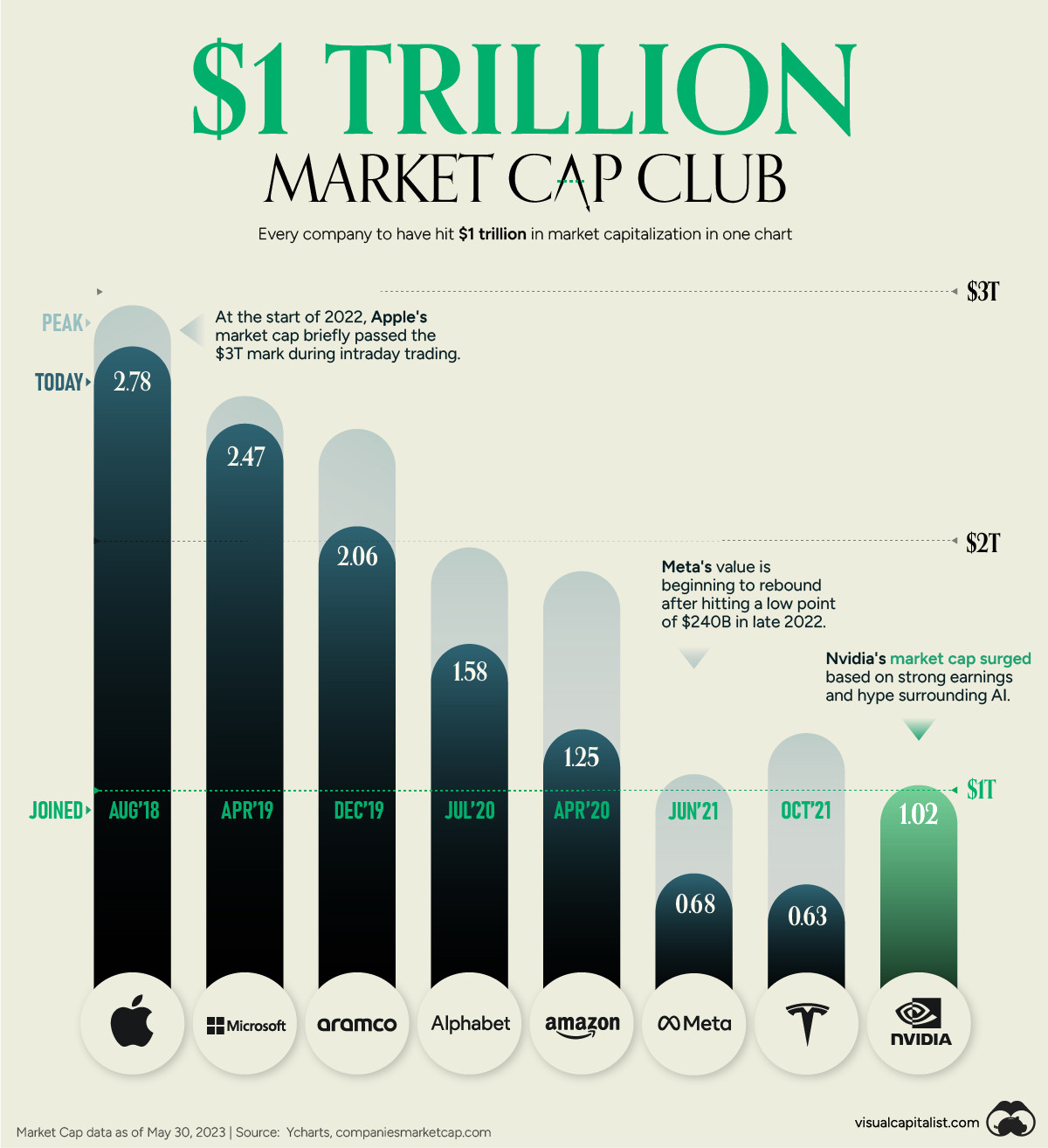The Asia-Pacific No-Till and Minimum-Till Equipment Market: A Booming Industry Driven by Sustainability and Innovation
The Asia-Pacific market for no-till and minimum-till equipment is experiencing robust growth, projected to reach $1.14 billion by 2028. This expansion is fueled by a confluence of factors, including rising awareness of sustainable agricultural practices and the increasing adoption of innovative technologies. The report, "Asia-Pacific No-Till and Minimum-Till Equipment Market: Focus on Product, Application, and Country - Analysis and Forecast, 2023-2028," delves into the driving forces behind this growth and provides valuable insights into the market's dynamics.
Key Drivers of Market Growth
The demand for no-till and minimum-till equipment is being driven by a number of key factors:
Environmental Sustainability and Soil Health
Farmers across the Asia-Pacific region are increasingly recognizing the importance of sustainable agriculture. No-till and minimum-till farming methods have emerged as crucial solutions for preserving soil health and mitigating the environmental impact of conventional farming practices. These methods reduce soil erosion, enhance water conservation, and promote biodiversity, contributing to a more sustainable agricultural ecosystem.
Water Conservation and Efficiency
Water scarcity is a growing concern in many parts of the Asia-Pacific region. No-till and minimum-till farming techniques help conserve water by reducing evaporation and improving water infiltration into the soil. These practices are especially vital in regions experiencing drought or facing water stress. The adoption of water-efficient farming practices is critical for ensuring food security and economic sustainability.
Reduced Chemical Usage and Pesticide Management
No-till and minimum-till farming practices often lead to a reduction in the use of herbicides and pesticides. By minimizing soil disturbance, these methods help control weeds naturally, reducing the reliance on synthetic chemicals. This approach not only protects the environment but also improves the quality of agricultural products and promotes food safety.
Governmental Support and Policy Initiatives
Governments in major agricultural economies like China, India, and Australia are actively promoting sustainable agriculture through subsidies, incentives, and policy initiatives. These measures encourage farmers to adopt no-till and minimum-till farming practices, contributing to the market's growth. The increasing government support for sustainable farming practices is a significant driving force behind the expanding market for no-till and minimum-till equipment.
Market Trends and Opportunities
The Asia-Pacific no-till and minimum-till equipment market is constantly evolving, driven by technological advancements and a shift towards precision agriculture.
Expansion of Cover Cropping Techniques for Soil Health Enhancement
Cover cropping has become an integral part of no-till and minimum-till farming systems. Cover crops help improve soil health by providing organic matter, suppressing weeds, and reducing soil erosion. The adoption of cover cropping techniques is expected to further fuel the growth of the no-till and minimum-till equipment market, as farmers require specialized equipment for seeding and managing cover crops.
Integration of Digital Farming Platforms for Data-Driven Decision-Making
Precision agriculture is gaining momentum in the Asia-Pacific region, with farmers increasingly adopting digital tools and data analytics to optimize their farming practices. No-till and minimum-till equipment are being integrated with digital platforms to provide real-time data on soil health, crop growth, and resource utilization. This data-driven approach enables farmers to make informed decisions about crop management, fertilizer application, and irrigation, enhancing overall efficiency and productivity.
Emerging Automation in No-Till and Minimum-Till Equipment
Automation is playing a growing role in agriculture, with manufacturers developing automated no-till and minimum-till equipment to enhance efficiency and reduce labor costs. This trend is expected to gain momentum in the coming years, as farmers seek to streamline their operations and improve productivity. The increasing use of autonomous vehicles and robotic systems in agriculture will further drive the demand for advanced no-till and minimum-till equipment.
Market Challenges and Future Prospects
Despite the positive growth outlook, the Asia-Pacific no-till and minimum-till equipment market faces some challenges:
Initial Capital Investments
The initial investment in no-till and minimum-till equipment can be significant, particularly for small-scale farmers. This can act as a barrier to entry for some farmers, especially in developing countries. Governments and financial institutions need to play a role in providing affordable financing options to encourage the adoption of these technologies.
Supply Chain Disruptions in the No-Till and Minimum-Till Equipment Market
The global supply chain has faced disruptions in recent years due to geopolitical tensions and the COVID-19 pandemic. These disruptions can affect the availability and cost of no-till and minimum-till equipment, impacting market growth. Governments and industry stakeholders need to collaborate to strengthen supply chains and ensure the smooth flow of essential equipment.
Knowledge and Skill Gap
Operating and maintaining no-till and minimum-till equipment requires specialized knowledge and skills. A gap in knowledge and skills among farmers can hinder the effective adoption of these technologies. Training programs and educational initiatives are crucial to bridge this gap and ensure the successful implementation of no-till and minimum-till farming practices.
The Future of No-Till and Minimum-Till Agriculture in Asia-Pacific
The Asia-Pacific no-till and minimum-till equipment market is poised for continued growth, driven by the increasing focus on sustainability, technological innovation, and government support. The market is expected to witness the emergence of new and advanced equipment, the integration of digital platforms, and the expansion of automated solutions. As farmers embrace these technologies, the region is set to witness a transformation in agricultural practices, leading to enhanced productivity, environmental sustainability, and food security. This transformation will require a collective effort from governments, industry stakeholders, and research institutions to foster innovation, address challenges, and ensure the widespread adoption of no-till and minimum-till farming practices across the Asia-Pacific region.
This growth will be further fueled by the expansion of cover cropping techniques, the integration of digital farming platforms for data-driven decision-making, and the emergence of automation in no-till and minimum-till equipment. The future of no-till and minimum-till agriculture in the Asia-Pacific region looks bright, with these innovative practices poised to revolutionize the agricultural landscape and contribute to a more sustainable and productive future.

















